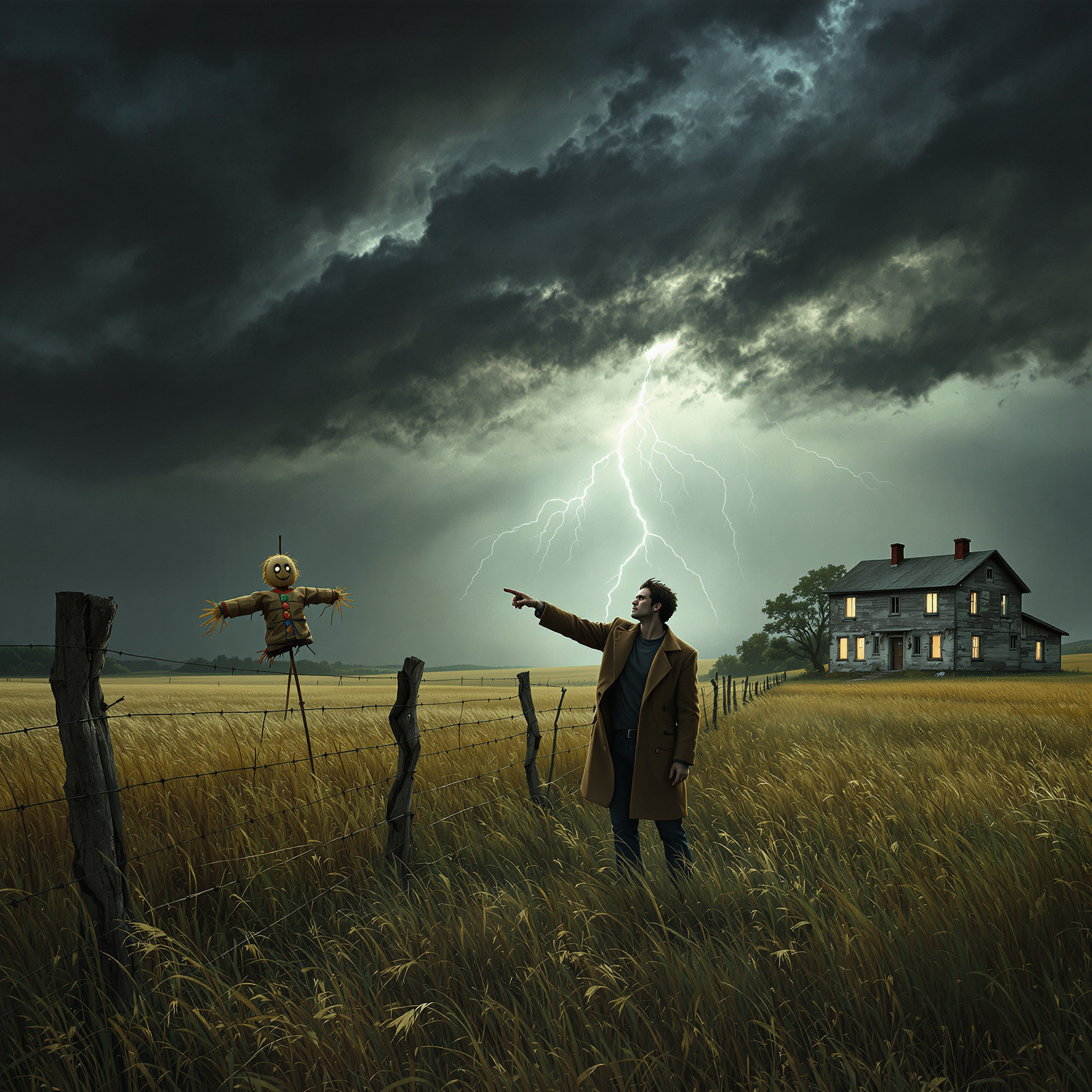This superstition warned people not to directly point at approaching thunderstorms or to gaze for too long at lightning—especially during summer storms. Doing so was believed to attract bad luck or cause mental disturbances, such as madness. The gesture of pointing invites the attention of malevolent forces or angers the spirits thought to dwell in the sky. People were urged to either look away quickly or cross themselves as protection. While no physical items or rituals were performed, behavioral caution—silent observation, hands kept at one’s side—was part of the practice. The belief aims to show respect for the power of nature and possibly prevents lightning-attracting movements in exposed areas, like raising one’s hand.

A baby’s future career or fate is predicted by the first object they select during a ceremonial setup.
In several Asian and Eastern European cultures, a traditional ceremony is held for babies usually around their first birthday. Known


